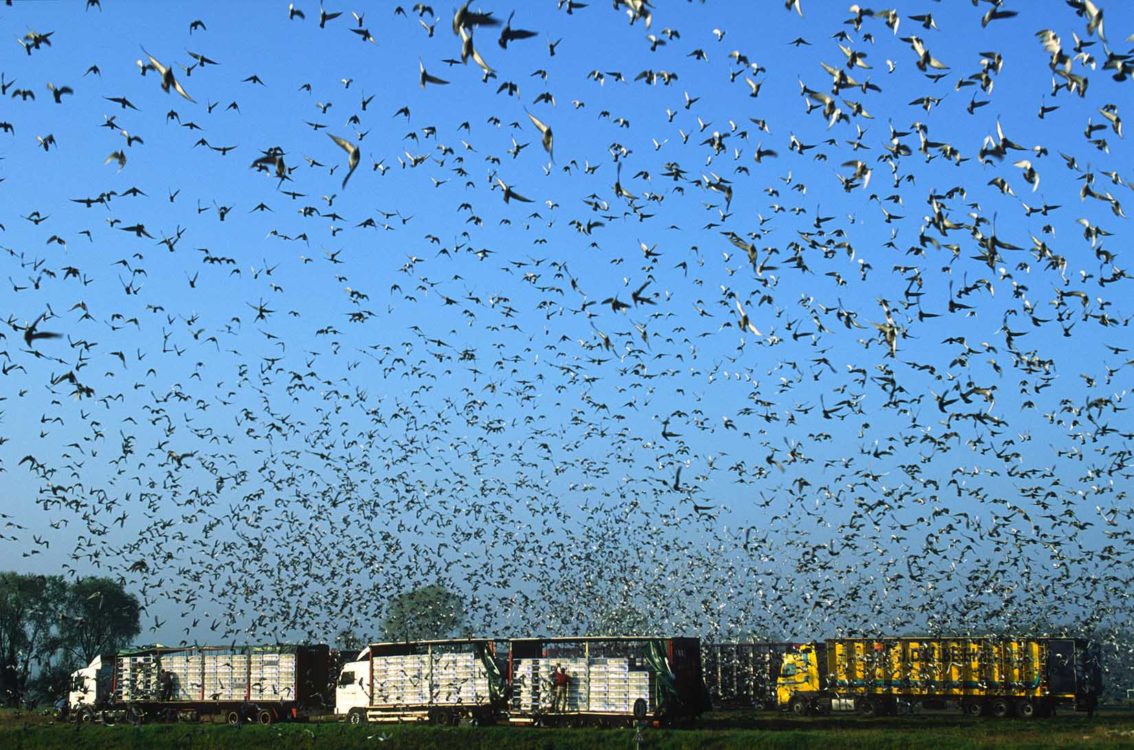


As a tradition of North of France, pigeon racing found its origins from military purpose. The army has in fact always used pigeons to communicate between the lines, to warn the emergency services or even to spy on the enemy with miniature cameras. A monument to the dead pigeons pays tribute to them in Lille while the Mont Valérien barracks near Paris still houses a few pigeons and a museum in their honor. The pigeon Vaillant, hero of Verdun, is exhibited there. He was the last pigeon launched from the French lines before the reddition to the Germans.
Pigeon racing is the art of breeding pigeons to engage them in races and competitions. Carrier pigeons wear identification rings and are bred in dovecotes . Carrier pigeons are real athletes as they are able to fly 1000 km without stopping at a speed of 100 km/h and have the innate ability to orient themselves spontaneously. No matter where it is released, the pigeon always returns to its loft. “Coulonneux”, name given to the people breading racing pigeons in France, often have dozens of birds which they fly in spring and summer during distance races of several hundred kilometers. Champions can be worth thousands of euros. Transported by trucks to the release sites (southern France, Spain, etc.), they are all free at the same time. The winner is the one who returns to his dovecote the fastest. The arrival time of each pigeon is recorded in a special device.
The Fédération Colombophile Française brings together 11,000 pigeon fanciers in 750 associations. It is based in Lille.